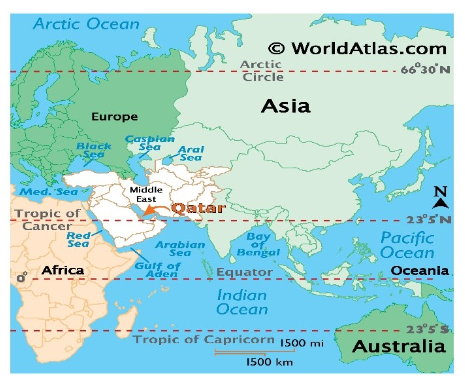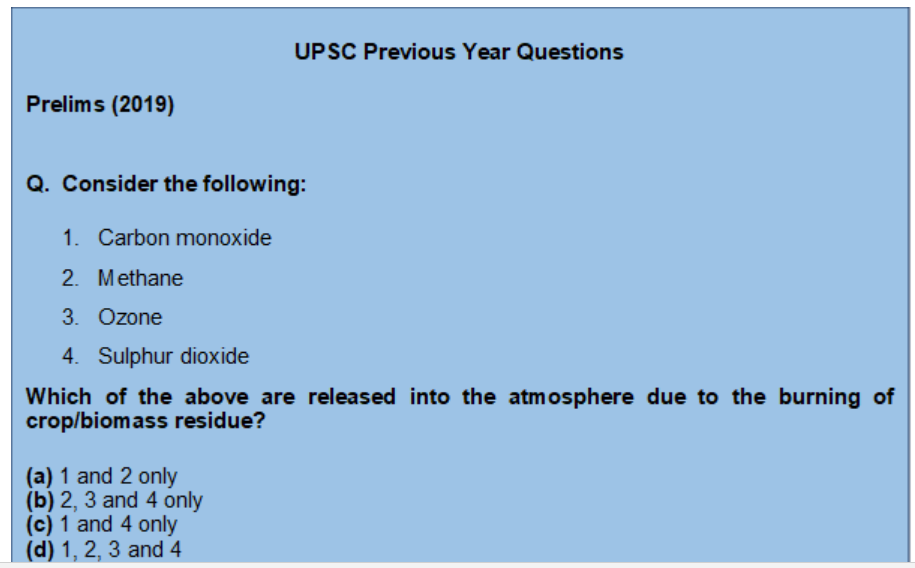Tuesday, 31st October 2023
Ammonia as an Automotive Fuel - Edukemy Current Affairs
In News
In the automotive sector, there is a growing interest in an internal combustion engine that utilizes ammonia as its power source.
About Ammonia and its applications
Ammonia, with the chemical formula NH3, is a colourless gas known for its pungent Odor. It finds extensive applications in various sectors:
- Ammonia is a vital component in the production of ammonia-based fertilizers like ammonium nitrate and urea, essential for promoting crop growth.
- Ammonia serves as a fundamental ingredient for producing substances such as nitric acid, ammonium sulphate, and various nitrogen-based compounds.
- It also plays a crucial role in the manufacturing of synthetic fibres like nylon.
- In the manufacturing sector, ammonia is employed as a refrigerant in industrial refrigeration systems and air conditioning.
- Additionally, it is used in dye production and serves as a pH regulator in dyeing processes.
- Ammonia is an ingredient in household cleaning products, including glass and surface cleaners, owing to its effective cleaning properties.
What benefits come from utilizing ammonia as a fuel?
- Ammonia boasts a high energy density, far surpassing lithium-ion batteries and compressed hydrogen.
- It also has the potential to generate minimal carbon emissions during combustion, making it an eco-friendly alternative.
- Ammonia can act as a transitional bridge fuel, reducing reliance on traditional fossil fuels and enhancing energy security by diversifying the energy mix.
What are the primary obstacles linked to the utilization of ammonia as a fuel?
- Ammonia engines currently emit exhaust gases, including unburned ammonia and nitrogen oxides (NOx), which can harm the environment and human health by contributing to tropospheric ozone, respiratory issues, and acid rain.
- Traditional ammonia production methods, like the Haber-Bosch process, consume substantial energy and rely on fossil fuels.
- Green ammonia production, which uses renewable energy and sustainable hydrogen sources, is still in early development and faces cost and scalability hurdles.
- Ammonia is highly toxic and poses risks to both human health and the environment when not handled properly.
- Accidents or mishandling can lead to severe consequences due to its toxicity and corrosiveness.
- Establishing consistent quality standards for ammonia as a fuel can be complex, particularly when it is produced from various sources with varying levels of impurities.
The Path Ahead
- Investment in R&D to create cleaner and more efficient ammonia engines, focusing on minimizing NOx emissions and optimizing combustion processes.
- Implementing comprehensive training programs to ensure safe handling of ammonia, reducing the associated risks due to its toxicity.
- Introducing incentives like tax credits or subsidies to promote ammonia adoption, especially in sectors with significant potential, such as maritime transport.
- Developing hybrid systems that combine ammonia with other renewable energy sources, enabling its use as a fuel during periods of low renewable energy generation.
|
UPSC Previous Year Questions Prelims (2019) Q. Consider the following statements:
Which of the statements given above is/are correct? (a) 1 and 3 only Ans: (d) Prelims (2020) Q.2 With reference to chemical fertilizers in India, consider the following statements:
Which of the statements given above is/are correct? (a) 1 only Ans: (b) |
Source: PIB
Pitfalls of India’s Green Hydrogen Move
In News
India's transition to green hydrogen, as indicated by a study from Climate Risk Horizons (CRH), could potentially exacerbate pollution if not managed properly.
Challenges in Green Hydrogen production
- The present issue in green hydrogen production is primarily related to the definition of "green hydrogen," which is currently open to interpretation, causing concerns about practical implementation.
- Additionally, there are challenges associated with the continuous operation of electrolysers, as they may need to draw electricity from conventional coal-fired grids when renewable sources are unavailable at night.
- Moreover, there is a lack of transparency regarding the electricity sources for many projects, making it unclear if they meet the requirement of 100% renewable energy for hydrogen production.
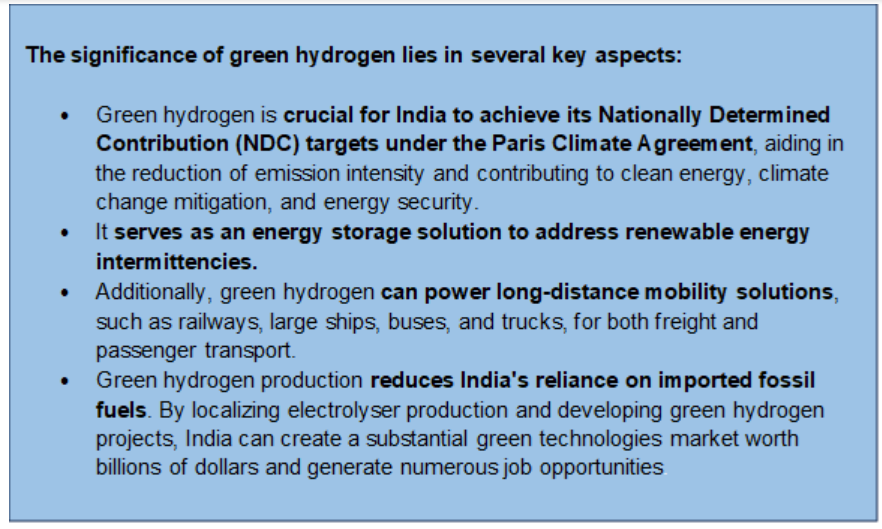
What are the consequences of producing green hydrogen?
- India's green hydrogen standards allow for the use of biomass, potentially introducing carbon emissions into the production process, challenging the goal of clean hydrogen.
- Meeting green hydrogen production demands requires a significant portion of renewable energy capacity, which could lead to an inadequate supply of clean electricity for consumers. This may necessitate the installation of additional renewable capacity, diverting funds from grid decarbonization projects.
- Major power utilities like Reliance Industries, the Adani Group, and the National Thermal Power Corporation are planning extensive green hydrogen production. However, the mentioned concerns could deter further investments in the sector.
The path forward in green hydrogen production includes:
- Establishing national targets for green hydrogen and electrolyser capacity, accompanied by a phased manufacturing program to nurture a thriving hydrogen product export industry, such as green steel.
- Implementing solutions that create virtuous cycles, like establishing hydrogen infrastructure for refuelling, heating, and electricity generation at airports.
- Promoting decentralized hydrogen production by providing open access to renewable power for electrolysis, which produces hydrogen using electricity.
- Policymakers should facilitate investments in early-stage pilot projects and research and development to advance technology for use in India.
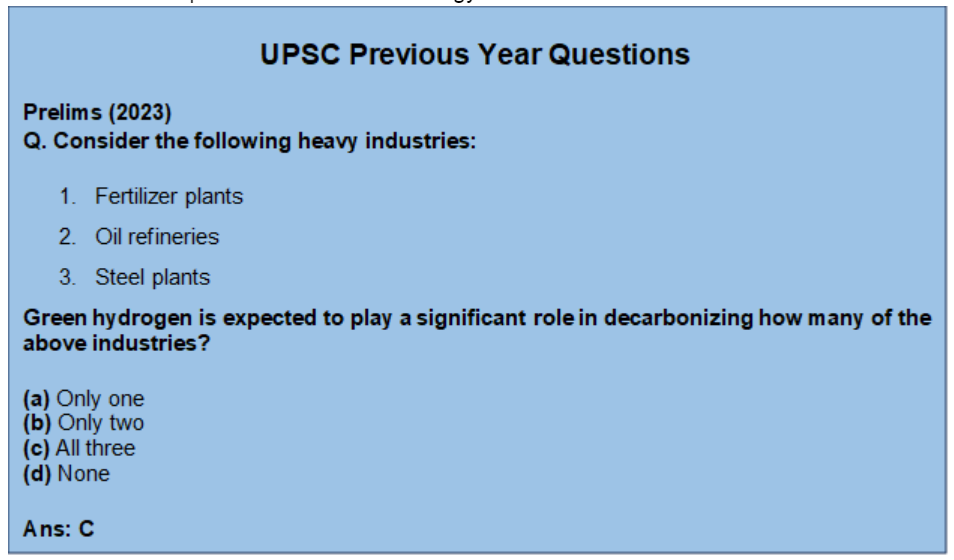
|
Q. With reference to green hydrogen, consider the following statements:
How many of the above statements are correct? (a) Only one Ans: (c) Prelims (2010) Q. Hydrogen fuel cell vehicles produce one of the following as “exhaust” (a) NH3 Ans: (c) |
Source: TH
Cloud Seeding - Edukemy Current Affairs
In News
A study by the Indian Institute of Tropical Meteorology, Pune, highlights the significance of cloud seeding as a groundbreaking method to boost rainfall.
Key highlights of the study on cloud seeding (CAIPEEX Phase-4) conducted by the Indian Institute of Tropical Meteorology, Pune, include:
- The study aimed to assess the effectiveness of hygroscopic cloud seeding in deep convective clouds during the 2018 and 2019 summer monsoons in Solapur, Maharashtra.
- Researchers used calcium chloride flares for cloud seeding, targeting specific cloud characteristics and stages.
- Cloud seeding was found to be effective in enhancing rainfall under suitable conditions.
- The experiment selected and seeded 150 convective clouds, leading to a 18% increase in rainfall.
- The approximate cost of water production through cloud seeding was 18 paisa per litre, with potential cost reductions using indigenous seeding aircraft.
- While cloud seeding alone cannot fully mitigate droughts, it can partially address water requirements, especially when integrated into catchment-scale projects.
- Cloud seeding can be valuable in regions with low rainfall, such as Solapur, helping alleviate water scarcity issues.
- The study provided protocols and technical guidance for cloud seeding, focusing on understanding the microphysics and characteristics of suitable convective clouds.
- Not all cumulus clouds respond to cloud seeding, with approximately 20-25% producing rainfall if the seeding is executed correctly due to variations in cloud microphysics.
About Cloud Seeding
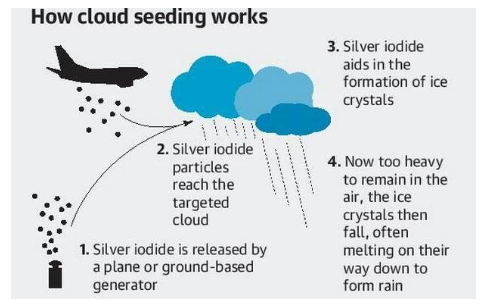
- Cloud seeding is a technique to enhance rainfall or snowfall by introducing specific substances into clouds.
- It can help address water scarcity and drought conditions, but its effectiveness varies depending on several factors.
- Research continues to refine the process.
Cloud seeding involves different methods:
- Static Cloud Seeding: Introducing ice nuclei into cold clouds to trigger ice crystal formation, which falls as precipitation.
- Dynamic Cloud Seeding: Enhancing vertical air currents to induce rain; a more complex method.
- Hygroscopic Cloud Seeding: Spraying hygroscopic materials into the base of warm clouds to increase cloud droplet size and stability.
Applications include
- Enhancing snowfall
- Preventing hailstorms
- Inducing rainfall in drought-prone areas
- Reducing air pollution.
Challenges include
- The need for suitable cloud conditions
- Potential environmental effects
- Health concerns.
Source: TH
One Nation, One Student ID - Edukemy Current Affairs
In News
State governments are seeking parental consent for the creation of the Automated Permanent Academic Account Registry (APAAR) student identity card, a part of the 'One nation, One Student ID' initiative.
About APAAR ID cards
- The Automated Permanent Academic Account Registry (APAAR) student ID aims to provide a lifelong, unique identifier for students, streamlining their academic records and reducing the need for physical documents.
- It facilitates access to Digi locker, where students can store important records.
- The ID links with the Academic Bank Credit (ABC), ensuring the transfer of educational data when students change schools.
- Registration for APAAR is voluntary, requiring basic information and Aadhar verification, with parental consent for minors.
- The initiative aims to simplify education, track progress, reduce fraud, and make it easier for students to access their records.
Potential Concerns
- Concerns surrounding APAAR include privacy issues, as some worry about the security of sharing Aadhar details.
- Doubts about the safeguards in place for the Unified District Information System for Education Plus (UDISE+) database, which receives student information.
|
UPSC Previous Year Questions Prelims (2012) Q. Which of the following provisions of the Constitution does India have a bearing on Education?
Select the correct answer using the codes given below: (a) 1 and 2 only Ans- (d) |
Source: IE
Reference Fuel - Edukemy Current Affairs
In News
India achieves self-reliance in 'reference' grade petrol and diesel production, opening export opportunities.
About Reference Fuel
- Reference fuels, also known as reference-grade petrol and diesel, serve as specialized, high-quality products primarily employed in the calibration and testing of vehicles.
- These fuels are particularly crucial for automotive original equipment manufacturers (OEMs) and institutions engaged in automotive testing and certification.
- Unlike regular or premium fuels, reference fuels have elevated specifications, including parameters such as the Cetane number, flash point, viscosity, sulphur and water content, hydrogen purity, and acid number.
- For example, reference-grade petrol and diesel feature an octane number of 97, surpassing the octane numbers of regular and premium fuels, which typically stand at 87 and 91, respectively.
- India, historically reliant on imports to meet the demand for these specialized fuels, has now taken a significant step towards self-reliance.
- The Indian Oil Corporation (IOC) has successfully achieved indigenous production of 'reference' grade petrol at its Paradip refinery in Odisha and diesel at its Panipat unit in Haryana.
- The reference-grade petrol fuels will be available in various ethanol blends, such as E0, E5, E10, E20, E85, and E100, produced at the Paradip refinery.
- On the other hand, reference diesel fuel will be available in the B7 grade, manufactured at the Panipat refinery.
- This achievement brings several notable benefits.
- One of the most significant advantages is the cost factor.
- Imported reference fuels can cost between Rs 800-850 per litre, while domestically produced reference fuels are estimated to reduce the cost to around Rs 450 per litre, signifying a substantial cost advantage.
- Furthermore, the development of indigenous reference-grade fuels benefits vehicle manufacturers in India.
- It provides them with access to high-quality reference fuels with a minimal lead time, ensuring consistent quality and performance in their testing and certification processes.
- This, in turn, contributes to import substitution and cost savings for vehicle manufacturers, enhancing their competitiveness in the global market.
- One of the most significant advantages is the cost factor.
Source: MC
Thallium Poisoning - Edukemy Current Affairs
In News
Thallium poisoning, a silent and elusive chemical, afflicted several family members in Mahagaon village, Maharashtra, causing severe health issues.
About Thallium
- Thallium (Tl) is an element with atomic number 81, discovered by Sir William Crookes in 1861.
- It's a soft, heavy, inelastic, silvery-white metal.
- Thallium is odourless, tasteless, and notorious for being used as a difficult-to-detect poison.
- It's found in trace amounts in the earth's crust and as a by-product of copper, zinc, and lead refining.
- Its use is limited due to its toxic nature, and thallium sulphate, once a rodent killer, is now banned for household use.
- It has applications in the electronics industry, glass manufacturing, low-temperature thermometers, and imitation jewels.
- Thallium exposure can lead to nervous system damage, causing various health issues.
- Prussian blue is an antidote for non-radioactive thallium poisoning.
Source: TH
Internal Structure of Mars - Edukemy Current Affairs
In News
Recent studies published in the journal Nature suggest that Mars is likely to have a liquid iron core encircled by a completely molten silicate layer.
Key Highlights of the Study
- Recent studies challenge the prior understanding of Mars's core, suggesting it is surrounded by a 150 km-thick layer of near-molten silicate rock, rather than a low-density core.
- The top of this silicate layer was initially misinterpreted as the core's surface.
- This revised understanding implies a more dynamic early phase in Mars's geological history with higher temperatures and turbulence, potentially influencing the planet's evolution and element distribution.
About Mars
- Mars, often called the "Red Planet," is the fourth planet from the Sun in our solar system.
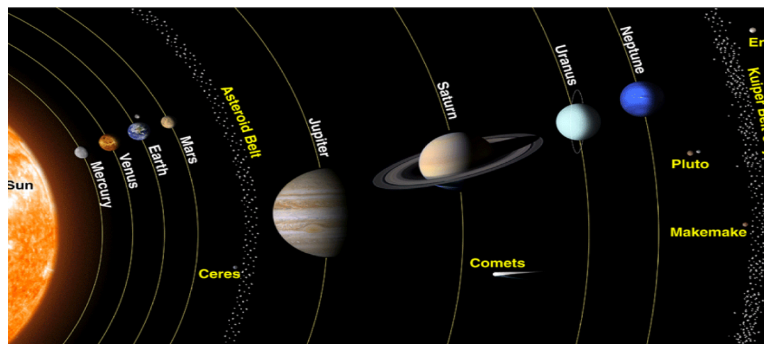
- It is known for its reddish appearance, caused by iron oxide on its surface.
- Mars has a thin atmosphere and is home to the largest volcano in the solar system, Olympus Mons, and the deep Valles Marineris canyon.
- It has been a target for scientific exploration due to its potential for past or present life and its potential as a future human settlement.
- NASA and other space agencies have sent rovers and orbiters to study the planet's geology, climate, and potential for water.
- Mars continues to captivate scientists and space enthusiasts as a possible stepping stone for human exploration of the cosmos.
|
UPSC Previous Year Questions Prelims (2020) Q. “The experiment will employ a trio of spacecraft flying in formation in the shape of an equilateral triangle that has sides one million kilometres long, with lasers shining between the craft.” The experiment in question refers to (a) Voyager-2 Ans: (d) Prelims (2016) Q2. Consider the following statements: The Mangalyaan launched by ISRO
Which of the statements given above is/are correct? (a) 1 only Ans: c |
Source: TH
Exercise KAZIND-2023 - Edukemy Current Affairs
In News
A contingent from the Indian Army and the Indian Air Force has left for Kazakhstan to take part in the 7th edition of the Joint Military Exercise KAZIND-2023.
About Exercise KAZIND-2023
- Taking place in Otar, Kazakhstan, the Joint Military Exercise KAZIND-2023 will span from October 30th to November 11th, 2023.
- This exercise originally started as "Exercise PRABAL DOSTYK" in 2016, evolved into "Exercise KAZIND" after the second edition, and has now advanced to a bi-service exercise with the addition of the Air Force component.
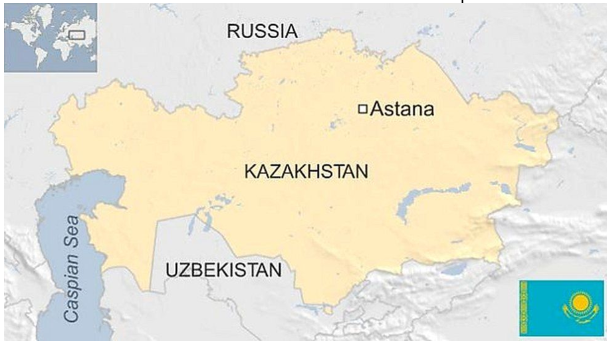
- In this edition, the focus will be on practicing counter-terrorism operations within a sub-conventional environment under a United Nations mandate.
Source: PIB
Reason behind Turkey-Syria Earthquakes 2023
In News
A study in the journal Science explores the catastrophic earthquakes in Turkey and Syria in February 2023, underscoring the need to understand the complex interactions of tectonic forces.
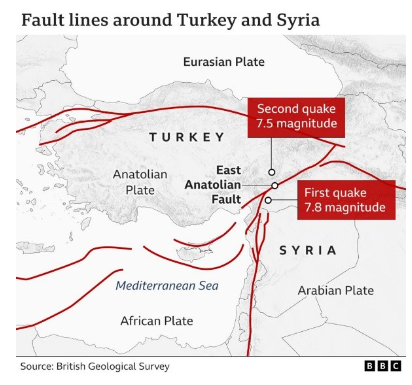
Reasons
- Earth's crust is divided into tectonic plates, including fault lines.
- The East and North Anatolian Fault Lines being significant in the Turkey earthquakes.
- during these earthquakes, a seismic cascade interrupted communication between the fault lines, resulting in a larger rupture than expected.
- This emphasizes the unpredictable nature of seismic events and the need for better building code enforcement in earthquake-prone areas.
Source: TB
Taming Food Inflation in India
Context:
- As state elections draw near, the central government is intensively working to manage rising food prices.
- While their goal is to prevent inflation from becoming a focal point in election campaigns, it's important to evaluate the strategies employed to control food inflation and their policy impacts.
The Government's Imposition of a Minimum Export Price (MEP) for Basmati Rice.
- The government introduced a Minimum Export Price (MEP) for basmati rice at a minimum of USD 1,200 per tonne in August.
- This move was motivated by the desire to prevent potential unauthorized exports of regular white non-basmati rice being passed off as premium basmati rice.
- Typically, India exports around 4.5 million tonnes of this premium rice annually, which is favoured by the upper middle class and the affluent, and is shipped to Gulf countries, parts of Europe, and the United States, with Punjab and Haryana as the primary producers.
- The MEP of $1,200 essentially curtails a significant portion of basmati rice exports, as the usual export price falls within the range of $800 to $1,000 per tonne.
Potential Outcomes of Enforcing an MEP on Basmati Rice Exports:
- The introduction of this Minimum Export Price (MEP) is expected to lead to a substantial decrease in India's basmati rice exports for the current year.
- In various agricultural markets in Punjab and Haryana, traders have become hesitant to purchase basmati rice, resulting in lower prices for farmers compared to the times when exports were unrestricted.
- Consequently, farmers in these regions are the primary losers, while urban consumers in the higher income bracket stand to benefit.
- By setting a relatively high MEP, India risks surrendering its hard-earned export markets to Pakistan, the primary competitor in the basmati rice industry, a process that can take years to establish.
Study on India’s Restrictive Export Regime and its implications
- The study highlights India's historical use of export control measures during periods of elevated global prices, particularly in the realm of agricultural products.
- It points to instances like the food price crises in 2007-08 and 2010-11, where India implemented bans on rice exports, and more recently, imposed export restrictions on wheat due to global market disruptions linked to Russia's invasion of Ukraine in 2022.
- India, as the world's largest rice exporter, relies heavily on its reputation in global agricultural markets.
- Imposing bans on essential food items, like non-basmati rice, can negatively impact India's image, especially among key importers like African nations.
- India's goal of doubling agricultural exports faces challenges under such restrictive export policies.
- While Agri-exports grew significantly between 2004-05 and 2013-14, achieving the government's export targets may be unattainable with the current approach, potentially leading to a significant shortfall in export revenues.
The Path Ahead
- Urgent revision of the Minimum Export Price (MEP) for basmati rice to provide relief to farmers and traders, aiming for a range of $800 to $850 per tonne.
- Emphasizing the need for well-planned, predictable export policies to enable informed decisions for both exporters and importers, rather than abrupt and reactive changes.
- Addressing the bias in export restrictions that Favor urban consumers at the expense of farmers, suggesting targeted domestic income policies for vulnerable sections of society.
- Advocating the development and long-term maintenance of export markets, highlighting the importance of these premium markets.
- Calling for increased investments in agriculture research and development (R&D), seeds, irrigation, fertilizers, and improved farming practices to enhance India's agricultural competitiveness.
- Discussing the issue of excessive and suboptimal spending on agriculture and consumer subsidies, particularly during election times, and the need for more effective policy design.
The government should consider the potential ramifications of its export restrictions and weigh the balance between inflation control and its impact on various stakeholders during policy formulation. A nation's strength is demonstrated by its ability to innovate, produce, and competitively export to the global market, and India must rise to meet this challenge.
Source: IE
Share the article
Edukemy’s Current Affairs Quiz is published with multiple choice questions for UPSC exams
MCQ
Get Latest Updates on Offers, Event dates, and free Mentorship sessions.

Get in touch with our Expert Academic Counsellors 👋
FAQs
UPSC Daily Current Affairs focuses on learning current events on a daily basis. An aspirant needs to study regular and updated information about current events, news, and relevant topics that are important for UPSC aspirants. It covers national and international affairs, government policies, socio-economic issues, science and technology advancements, and more.
UPSC Daily Current Affairs provides aspirants with a concise and comprehensive overview of the latest happenings and developments across various fields. It helps aspirants stay updated with current affairs and provides them with valuable insights and analysis, which are essential for answering questions in the UPSC examinations. It enhances their knowledge, analytical skills, and ability to connect current affairs with the UPSC syllabus.
UPSC Daily Current Affairs covers a wide range of topics, including politics, economics, science and technology, environment, social issues, governance, international relations, and more. It offers news summaries, in-depth analyses, editorials, opinion pieces, and relevant study materials. It also provides practice questions and quizzes to help aspirants test their understanding of current affairs.
Edukemy's UPSC Daily Current Affairs can be accessed through:
- UPSC Daily Current Affairs can be accessed through Current Affairs tab at the top of the Main Page of Edukemy.
- Edukemy Mobile app: The Daily Current Affairs can also be access through Edukemy Mobile App.
- Social media: Follow Edukemy’s official social media accounts or pages that provide UPSC Daily Current Affairs updates, including Facebook, Twitter, or Telegram channels.

